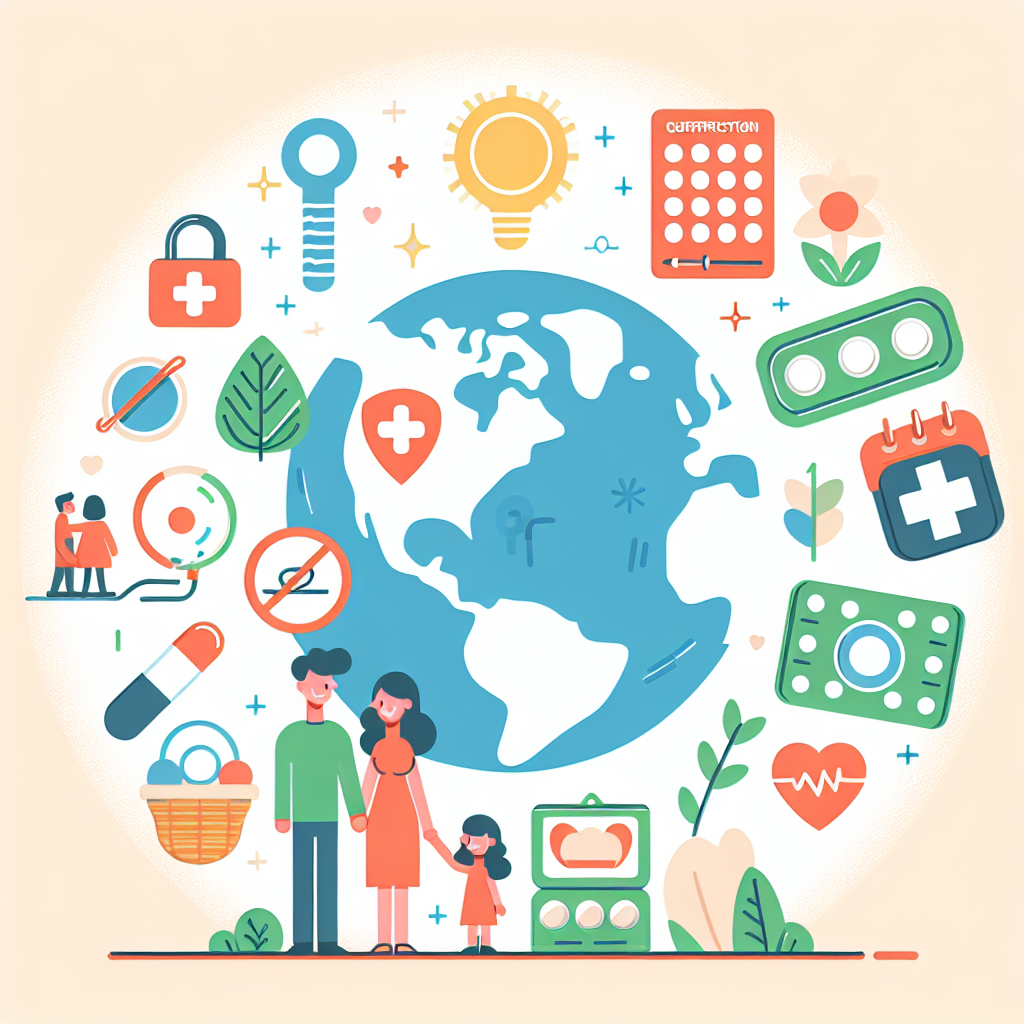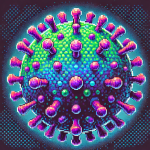
The Impact of Contraception Accessibility on Global Health
In recent years, the conversation surrounding sexual health has evolved significantly, with increased attention on the accessibility and innovations in contraceptive methods. As societies strive to advance public health and gender equality, contraception is seen as a critical factor in reducing unintended pregnancies and promoting reproductive autonomy. This blog post explores the latest trends and research in contraception, considering global health perspectives, technological innovations, and the ongoing challenges faced worldwide.
The Current State of Contraception: A Global Overview
Contraception is a fundamental aspect of reproductive health, offering individuals and couples the ability to plan if and when to have children. However, access to contraceptive methods remains uneven globally. According to the World Health Organization (WHO), effective family planning can prevent nearly one-third of maternal deaths and reduce infant mortality by up to 10%. Read more about WHO’s insights on contraceptive accessibility.
Challenges in Low-Income Countries
In many low-resource settings, women face significant barriers in accessing contraceptives. These barriers include cultural opposition, misconceptions, limited availability of methods, and insufficient healthcare resources. The lack of comprehensive sexual education exacerbates these challenges, leading to higher rates of unintended pregnancies and unsafe abortions.
Innovative Solutions for Global Health
Recent developments have introduced groundbreaking solutions in contraceptive technology. The introduction of self-administered injectables, on-demand contraceptive pills, and long-lasting implants have diversified the options available to individuals seeking family planning methods. Digital health tools are also emerging to facilitate better communication and support around contraceptive choices, especially in rural or underserved areas.
Technological Innovations in Contraception
The surge in technological advancements has significantly impacted the field of contraception. These innovations aim to enhance reliability, safety, and accessibility.
Self-Administered Contraceptives
The advent of self-administered contraceptives, like the subcutaneous injection Sayana Press, represents a promising development in family planning, allowing greater autonomy and convenience for users. This innovation aligns with efforts to empower individuals, particularly in low-income settings, to manage their reproductive health more effectively.
Digital Health Platforms
Mobile health platforms are playing a crucial role in promoting contraceptive use, particularly among younger populations. These platforms provide reliable information, facilitate consultations with healthcare professionals, and offer personalized recommendations based on individual health profiles. Learn more about digital health advances.
Addressing the Challenges Ahead
Despite the progress in contraceptive methods and availability, several challenges remain that require collective global action.
Ensuring Equity in Access
Equity in access to contraceptives is fundamental to achieving sustainable health outcomes. Addressing systemic disparities, enhancing supply chains, and promoting inclusive policies are essential steps toward universal access to contraceptives.
Overcoming Sociocultural Barriers
Cultural norms and beliefs continue to influence contraceptive use in many regions. Engaging community leaders and leveraging educational campaigns can help shift perceptions and reduce stigma associated with contraceptive use.
The Role of Policy and Advocacy
Policymakers and advocates play a pivotal role in shaping the landscape of contraceptive access. By promoting gender-sensitive and evidence-based policies, stakeholders can accelerate progress towards universal reproductive health access. Read more in this article on the importance of policy in health.
Conclusion
The intersection of technological innovation, policy change, and educational initiatives holds significant promise for expanding contraceptive access globally. While challenges remain, the concerted efforts of global health organizations, governments, and communities are pivotal in ensuring that individuals worldwide can exercise their reproductive rights freely and safely.




